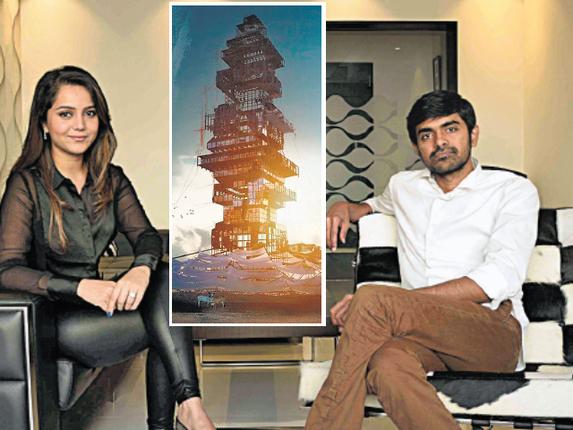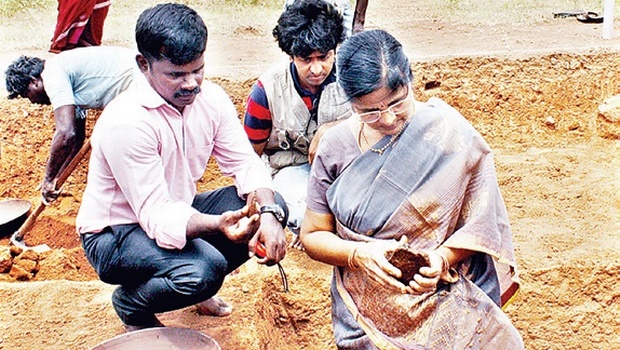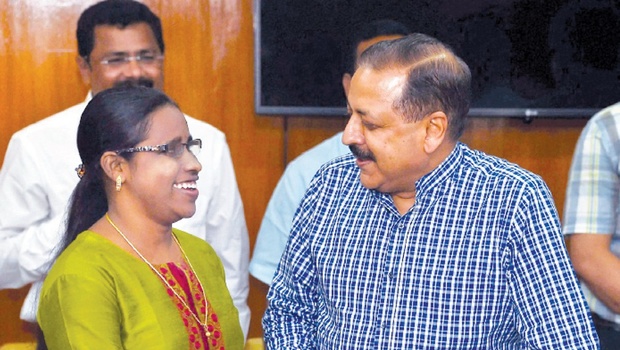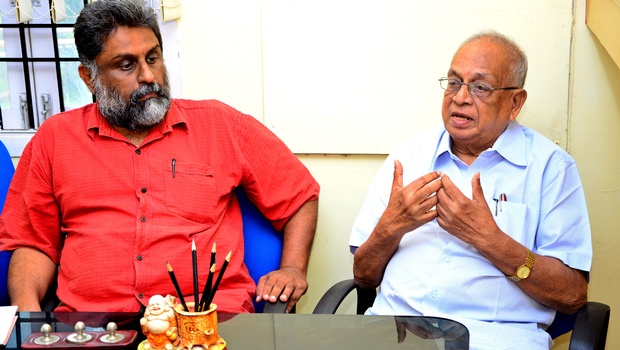Madurai :
A group of archaeologists from Palani have discovered five dolmenoid cists, probably belonging to the megalithic period, in a tribal village in Dindigul district.
According to V Narayanamoorthy, an archaeologist, who stumbled upon these ancient structures at Kummalamarthupatti in the Western Ghats on Saturday, only two of the five dolmens found in the area were intact. Just the remains of the other three can be seen.
One of them is four feet high while the other one is six-and-a-half feet high. The capstone of the taller dolmen has a diameter of about 10m. The stones were found in a site about 582m above sea level, inside a thick forest. Tribal people who come to the spot seem to use it as a resting spot.
Narayanamoorthy said the capstone might weigh around two tonnes. It has an 8-cm diameter circle in the middle, which was drawn in red ink. The centre of the circle is marked with a red point.
He said dolmens pertaining to the Sangam period discovered in this region were usually found facing north. “But these dolmens were placed haphazardly, which prove that they belong to the pre-sangam era and are about 3,000 years old,” he said. Pottery chips found at the site had nailmark cuttings, which also pertains to that period.
T L Subash Chandira Bose, an archeo-symbolist, said the sign on the dolmen signified that the person buried under it had lived a full life and attained the ‘mukthi’ state according to Hindu beliefs. “Just a single circle with one middle dot is very significant. Explaining its importance will be a lecture on its own,” he said.
“This larger circle with a dot at the centre signifies what we call ‘parathuvam,’ that is, attaining eternity without rebirth. To my knowledge, this is the first time that this sign has been found in this part of Tamil Nadu. Usually, there would be two or more circles under the capstones,” he said.
source: http://www.timesofindia.indiatimes.com / The Times of India / Home> City> Madurai / by Padmini Sivarajah, TNN / June 27th, 2015






